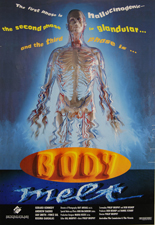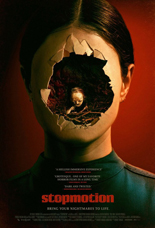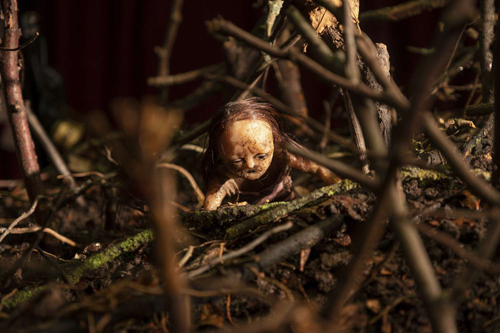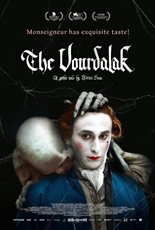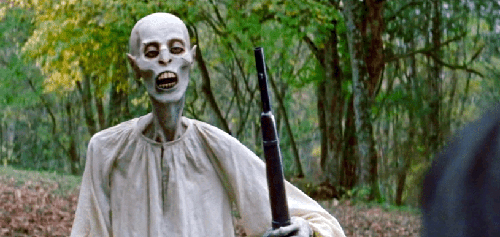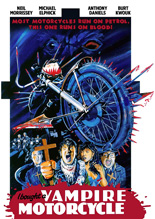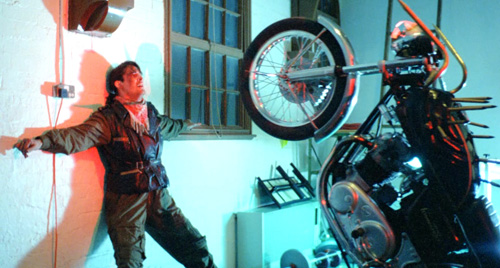
From director Peter Brophy and co-writer Rod Bishop comes Body Melt, a goofy, goopy Australian body-horror splatter fest that plays like the unholy love child of Peter Jackson’s Dead Alive and David Cronenberg’s Rabid, with some Lynchian weirdness and a throbbing techno score thrown in for good measure.
It follows the citizens of Pebbles Court in Homesville, Melbourne, who all fall victim to an experimental body-enhancing vitamin sent to them in the mail by an unscrupulous pharmaceutical company. The filmmakers are concerned less with character and plot and more worried about grossing the audience out, which they achieve in spades. True to its title, the film is a smorgasbord of nasty death scenes as hilarious as they are disgusting.

There’s not a single protagonist in Body Melt. Rather, the film is comprised of several characters who almost all meet gnarly ends. There’s a detergent-guzzling man whose throat opens to sprout tentacle-like growths. Another resident of the quaint Pebbles Court suffers hallucinations from the drug until his face melts away, leaving only his bloody skull. A family vacationing at the very health spa that produced the vitamin suffers all matter of slimy, mucus-dripping indignities, while one of the spa’s workers — an oversexed muscle man — gets an erection so turgid his penis explodes. But perhaps the most vomit-inducing scene involves a pregnant woman, whose fate is best left for sick viewers to see for themselves.
In addition to all the madness listed above, Body Melt features a clan of possibly inbred service-station workers who torment two teen boys from the court, a clear nod to The Texas Chain Saw Massacre. To say that the film is bonkers is an understatement. It can be a bit tricky at first to follow all the seemingly disparate storylines, but then again, the stories aren’t exactly the point. The practical effects are the true star here, and they are every bit as convincing now as they were in 1993.
Body Melt is a perfect midnight movie — just be sure to watch it on an empty stomach. —Christopher Shultz

